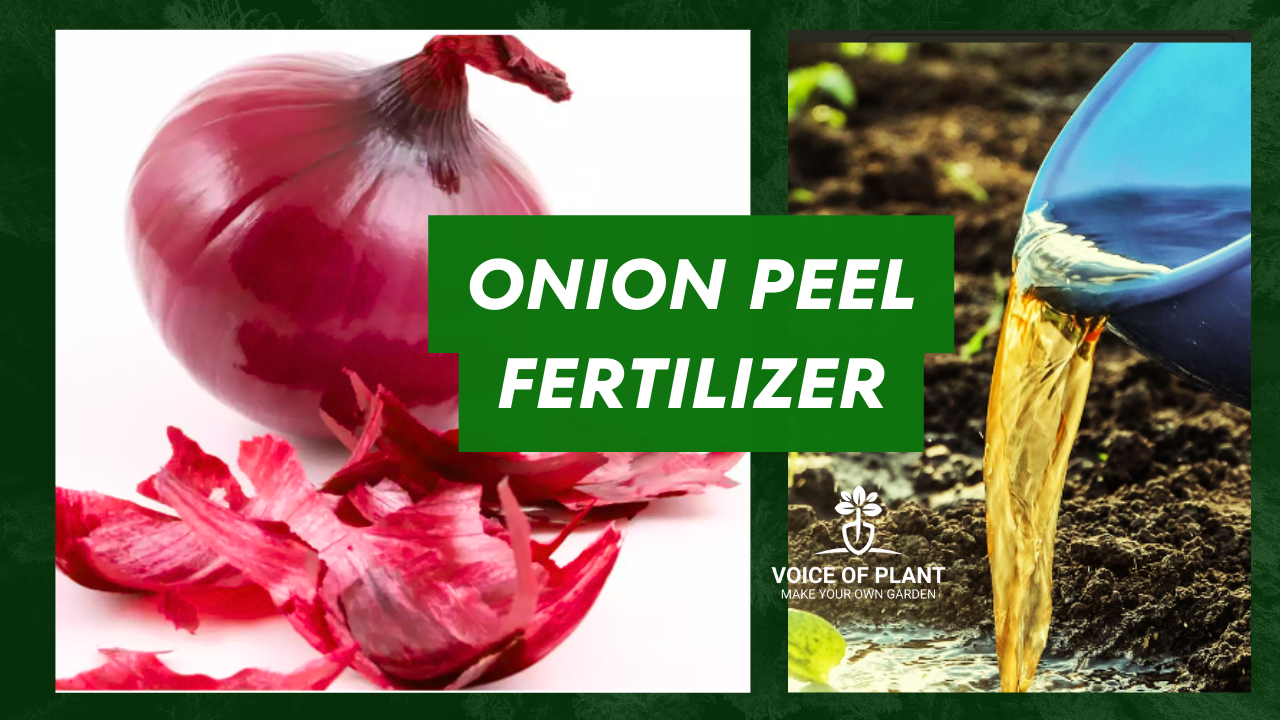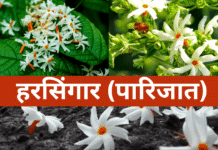Roses thrive in winter, blooming beautifully from October to March (in India). However, they struggle during the summer months. High temperatures make them sluggish, causing slow growth with little blooming.

Caring for rose plant during the summer season is crucial for maintaining their health and ensuring they bloom beautifully later on. Roses require different care depending on the season. Let’s discuss how to treat them during the summer.
How to Care Rose Plant in Summer Season
1. Promote Root and Leaf Health
Since roses tend to produce fewer flowers during hot temperatures, prioritize nurturing the roots and leaves. Healthy green leaves can withstand heat better and will support robust flowering later in the season.

- Remove any buds or flowers that start to grow to prevent the plant from channeling its energy into blooming, which can weaken the overall plant.
2. Protect from Sun and High Temperatures
Temperature and Sun heat both are at their top during this time. Both of them have a leading hand in spoiling this plant during summer.
- If temperature and sunlight are controlled to some extent then plants would recover to a great extent.
(i) Avoid Direct Sunlight:

Shield rose plants from direct sunlight during the hottest parts of the day. Place them in a shaded area or under a green net to reduce exposure to intense sunlight.
(ii) Prevent Heat Transfer:
High temperatures can cause the floor beneath the pots to become hot, transferring heat to the plants.
- Place jute bags on the floor and wet them with water to create a barrier between the hot floor and the pots. This helps regulate the temperature around the roots.
(iii) Misting On Plant
Contrary to the belief that misting can lead to fungal issues, lightly misting the leaves of rose plants can be beneficial during hot weather.
- This helps cool down the plant and prevents excessive water loss through evaporation. It also helps remove dust from the leaves, promoting better photosynthesis.
3. Watering Tips
Watering is a critical aspect of caring for rose plants, particularly during the hot summer months. Here are some essential tips to ensure your roses receive the right amount of water and maintain optimal moisture levels:

(i) Monitor Soil Moisture:
Keep a close eye on the moisture level of the soil around your rose plants. The soil should always retain a slight amount of moisture to prevent the branches from bending and withering. Ensure that the soil doesn’t dry out completely, especially during the summer heat.
(ii) Timing of Watering:
Water your rose plants either in the morning or evening. Providing water in the morning helps kickstart the process of photosynthesis, as it occurs in the presence of sunlight.
- Morning watering also helps replenish moisture lost during the heat of the day. If necessary, you can water in the evening as well, but always check the soil’s moisture level first.
(iii) Use Normal Temperature Water:

Always use water at normal temperature for watering your rose plants. Avoid using warm or hot water, as it can shock the plants and cause damage.
- Ensure that water from water tanks is not too hot before using it for watering. Additionally, when using sprays, ensure the water is at a normal temperature.
(iv) Avoid Overwatering:

While roses may require more frequent watering during the summer, be cautious not to overwater.
- Overwatering can lead to root rot and fungal issues. It’s better to water deeply once rather than multiple shallow waterings. This helps prevent root rot by allowing the soil to retain moisture for a longer duration.
4. How to Keep soil moist for a longer duration?

To keep the soil around your rose plants moist for an extended period, you can employ the following techniques:
(i) Adding Potting Mixture to the Soil:
Create a potting mixture by combining compost and coco peat in equal parts, along with a quarter portion of sand and rose-bloom fertilizer. Ensure thorough mixing of all components.
Loosen the existing soil around the plant and remove the top layer.
- Incorporate the prepared potting mixture into the soil. Both compost and coco peat have excellent water retention properties, effectively locking moisture within the soil for a longer duration.
(ii) Mulching:
Mulching involves covering the soil surface with materials that absorb and retain water, preventing direct exposure to sunlight.
- Various materials can be used for mulching, such as dry leaves, rice husks, water-absorbing fabric, water-absorbing carry bags, or even a green net. These materials allow air to pass through while keeping the soil moist.
Tips to do mulching:
- Cover the soil with your chosen mulching material and water as usual. The mulch helps slow down evaporation, ensuring the soil stays moist for longer periods.
- When it’s time to apply fertilizer, simply remove the mulch, apply the fertilizer, and then replace the mulch.
- Additionally, mulching helps suppress weed growth.
5. Black Spot on Rose leaves

Sometimes, rose leaves may develop black spots or show signs of damage, turning yellow, which are often caused by fungal infections.
- Apply fungicide monthly to prevent black spots and yellowing caused by fungal infections. Mix 2-3 pinches of fungicide in 5 liters of water and apply to the plant.
6. Pest Attack on Rose Plant
During summer, protect roses from pests like mealybugs with neem spray.
- Boil neem leaves, dilute the decoction, and apply weekly. Neem oil spray is an alternative if neem leaves aren’t available.
Taking these measures helps safeguard rose plants during the challenging summer season. It’s crucial to show care and attention to the plants during this period of intense heat, focusing on their sustainability rather than expecting abundant flowering.
Happy Gardening !!
















